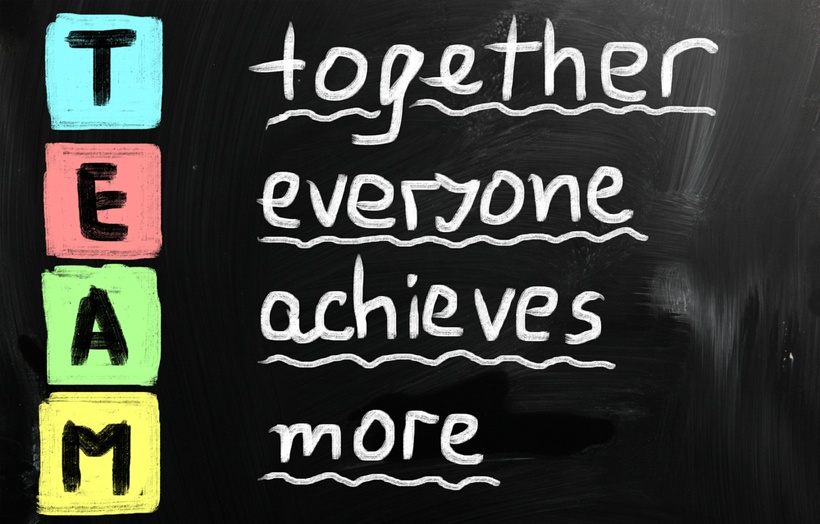The Journey Along A New Path
When I wrote my first article over a year ago, I shared the story of my decision to transition from a career as an English as a Second Language (ESL) educator to pursuing a path in Instructional Design (ID). That was in December 2023—and since then, so much has evolved. This is the story of my journey from ESL teacher to Instructional Designer.
The pandemic drastically shifted the educational landscape, and I began to question the long-term sustainability of ESL teaching as I knew it. I had spent years working closely with adult learners, helping them achieve their language goals, but I knew I needed a new direction. I wanted to continue supporting learners in a way that felt more scalable, flexible, and aligned with the direction of education.
Discovery
It was during this time that I uncovered the possibilities of Instructional Design. The idea of blending learning theory, content development, and technology sparked something in me. It felt like a natural extension of the skills I had already built and the bridge I had been searching for between teaching and technology. Instructional Design provided me with the opportunity to create engaging and impactful learning experiences that could reach a far greater number of people than a traditional classroom ever could.
Returning To School To Build My Foundation
To prepare for this new direction, I decided to go back to school and formally study the field. I enrolled in the University of Washington's (USA) "E-Learning and Instructional Design Certificate" program, which I completed in June 2024. The program became a pivotal moment in my journey. I gained a solid understanding of foundational learning theories, learned how to design with the learner experience in mind, and built hands-on skills using industry-standard authoring tools.
One of the takeaways from the program was the emphasis on user-centered design — an approach that was already familiar to me. As an independent ESL instructor working with adult professionals, I have been designing lessons tailored to the specific needs, backgrounds, and goals of my learners. Without realizing it, I had been practicing learner-focused design all along. Seeing how my experience aligned with ID principles was affirming and gave me more confidence in my ability to adapt to this new field.
Building Skills And A Portfolio From Scratch
Graduating from the program did not mean I was immediately ready to start working or consulting. Instructional Design is a hands-on field, and while I had the academic foundation, I needed to build practical skills with tools that were entirely new to me. Getting acquainted with authoring tools marked a significant departure from the traditional teaching materials I had used. I dedicated several months to experimenting, developing projects, and learning how to build complete courses from scratch.
At the same time, I was also designing and developing my professional website to showcase my work. I built it from scratch while simultaneously developing over five complete ESL courses and one non-ESL course to highlight my range. Juggling content development and web design was not easy, but it was a crucial part of presenting myself as a credible Instructional Designer. My goal was to create a cohesive digital space that reflected both my instructional approach and my technical capabilities.
The Role Of AI In My Design Process
Another important aspect of my learning journey has been understanding the role of Artificial Intelligence (AI) in Instructional Design. We are now living in a time where technology is advancing rapidly, and AI is no longer a futuristic concept—it is a necessary tool. As I designed and created my courses and portfolio, I also dedicated time to mastering the integration of AI into my design process to enhance efficiency and creativity. And all of this was not something that happened overnight. Like learning any tool, it took time to understand how to use AI responsibly and creatively, from brainstorming content ideas to streamlining visual design and even aiding accessibility.
Now, I regularly use AI as an assistant in my workflow. It helps with ideation, organization, writing support, and enhancing learner interactivity. Rather than replacing the work I do, it augments my capabilities, allowing me to work more efficiently and focus on deeper aspects of design. I believe AI is something all new Instructional Designers should take the time to learn, not just as a trend but as a vital skill for staying relevant in the field.
How My ESL Background Strengthens My ID Practice
Initially during my transition from ESL teacher to Instructional Designer, I worried that my background would narrow my opportunities. Instructional Design spans industries far beyond language education. What I have learned is that my ESL experience is a strength. Working with adult learners taught me how to structure information effectively, simplify complex concepts, and adapt content to address a variety of learning styles and needs.
These skills are essential in Instructional Design, especially when designing training for global or multilingual audiences. My experience gave me a sensitivity to how different learners approach content, and I have carried that mindset into every course I build. I now approach Instructional Design not only as a technical discipline but as a learner-first craft grounded in empathy and adaptability.
Stepping Into Consulting, One Step At A Time
I did not set out to become a consultant. Initially, I just wanted to find a way to apply my teaching experience in a new way. But over time, it became clear that consulting allowed me to define my path, combining the freedom of freelancing with the strategic mindset of design. Now, with a complete portfolio and a clear focus, I have just begun my consulting journey. I am not entirely sure where this path will lead, but I'm excited to see where it takes me.
I continually work on new projects, broadening my skills beyond ESL while staying grounded in my foundational expertise. I am learning how to position my services, communicate my value to clients, and remain flexible as I grow in this field.
Advice For Others Considering The Shift Yo ID
If you are thinking about transitioning into Instructional Design, here are a few takeaways from my own experience of moving from being an ESL teacher to Instructional Designer:
- Find your niche
Your previous experience is an asset. Whether it is in healthcare, education, or corporate training, lean into what you already know. Subject matter expertise adds real value to this field. - Master the tools
Becoming skilled in tools is key to creating impactful learning experiences. Give yourself time to practice, explore, and experiment. AI can be a powerful design assistant when used thoughtfully. - Create a portfolio
Instructional Design is a show-don't-tell field. Develop a portfolio that highlights your skills, your approach, and your creativity. Include a mix of project types to demonstrate versatility. - Embrace the learning curve
This is not a career you can rush into. Take the time to build strong foundations. Focus on quality over speed, and do not be discouraged by slow progress. - Consulting requires strategy
It is not just about what you can build but how you position yourself. Be clear about who you serve, how you help, and what makes your work unique.
Still Learning, Still Growing
Transitioning from An ESL teacher to an Instructional Designer felt like a natural next step, not because I had all the answers, but because it gave me a way to carry my passion for teaching into a new space. While the process took longer than I expected, the time I spent learning, building, and reflecting has been invaluable.
I am at the beginning of my consulting journey, and I do not yet know how it will unfold. But what I do know is that I have never felt more prepared or aligned with the work I am doing. If you are on the fence about making a similar change, trust that it is okay not to have everything figured out. Start small, stay curious, and let each step teach you something new. The growth you gain along the way is worth every moment.









